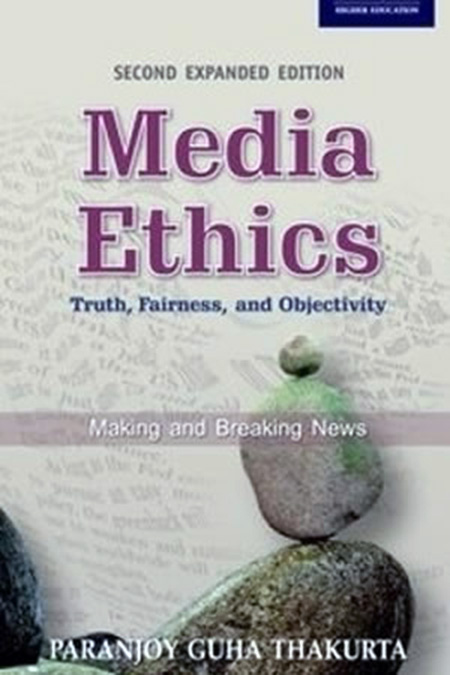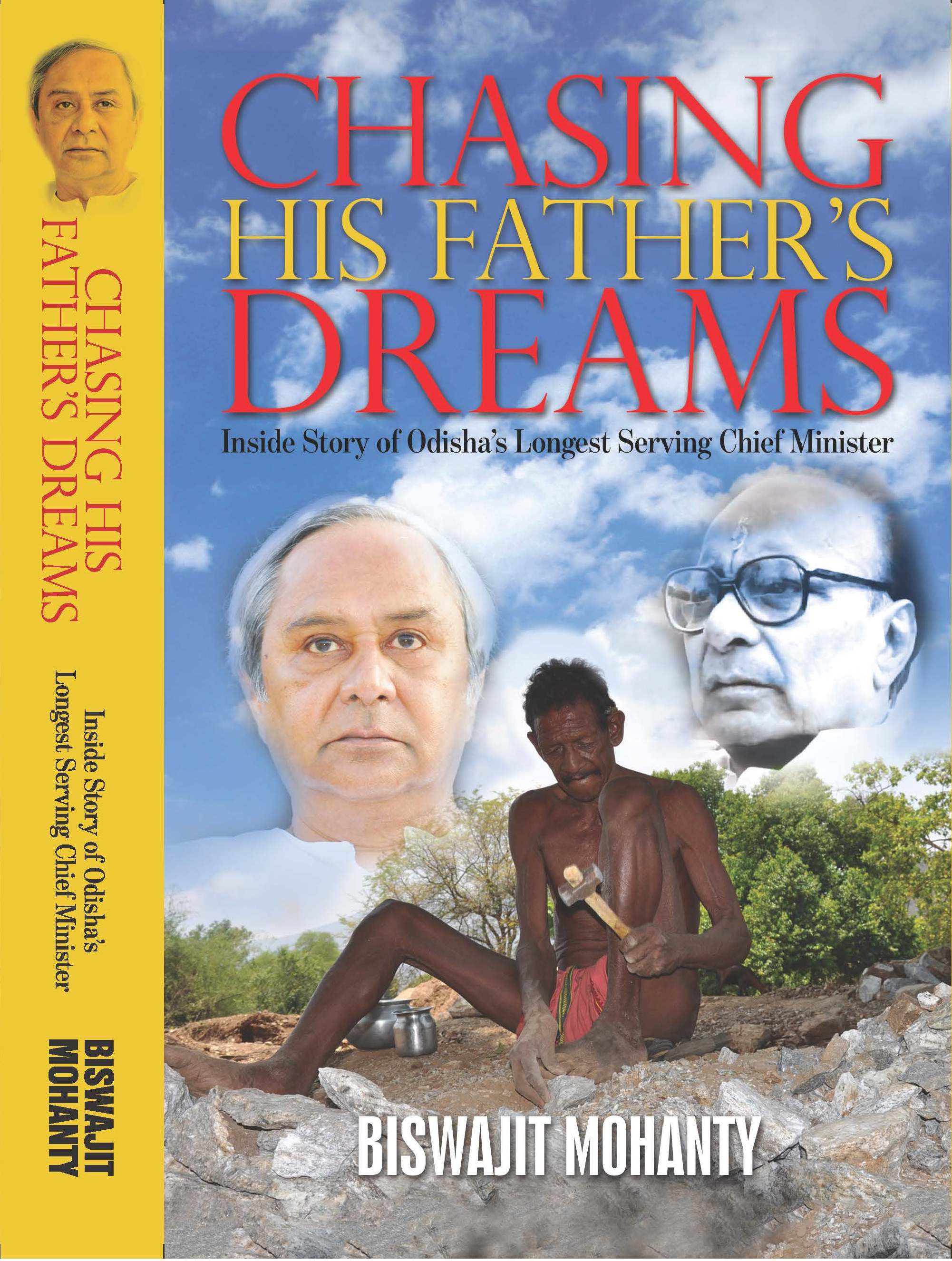NOW THAT the dreaded double-dip recession is almost upon us, what impact will it have on India and what lessons do we need to learn from the ongoing crisis? Government spokespersons, including Finance Minister Pranab Mukherjee, are seeking to assuage apprehensions about the negative impact of the fall in the credit rating of American treasury bonds on India. It is being said that India’s ‘growth story’ is intact and that since we weathered the worst of the September 2008 meltdown, this time too, we will be spared the ravages of the Great Recession. While there is little room for complacency, it would be useful to realise the limitations of policies advocated by gung-ho globalisers and liberalisers.
The US has less than five percent of the world’s population. It consumes just under a quarter of the planet’s resources — America’s gross domestic product (GDP) is around $14 trillion against a current world GDP of $60 trillion. Roughly 40 percent of the 6.7 billion people on the globe live in China and India but the two countries consume barely a fifth of the world’s resources. Joseph Stiglitz has written that the principal reason for the underlying volatility in international capital movements is the huge deficit of the US, a country that was until recently borrowing a stupendous $3 billion from the rest of the world every day! Two-thirds of this money used to come from developing countries. China and India have invested more than double in US government bonds of what the US has invested in these two countries. India saves a third of its GDP, China around 40 percent. The US, on the other hand, dis-saves. Simply put, the rest of the world has been saving so that US citizens could splurge beyond their means.
Through the better part of 2007 and 2008, there were certain economists and share-market analysts who propounded the hypothesis that India would somehow remain insulated from the financial turmoil. The believers in the theory of ‘decoupling’ argued that India’s ‘growth story’ was autonomous. More than 80 percent of China’s GDP comprises international trade, that is, exports and imports together. The corresponding proportion for India is roughly a third of its GDP. Add to this figure exports of services and ‘invisible’ earnings (say, from tourism and remittances), the percentage would be around half. Put differently, half the Indian economy is directly impacted by what happens in the rest of the world.
It has been contended that its large domestic market would cushion India from the brunt of the international financial crisis. Since the late 1990s, the Indian economy in general, and its financial sector in particular, has become much more integrated with global financial markets. Exposure to ‘exotic’ and rather risky — if not downright dangerous — derivative instruments did impact a few private Indian banks. Even the country’s largest bank in the public sector, the State Bank of India, acknowledged that clients lost around Rs 700 crore in 2008-09 to derivatives transactions. Despite such blips, thanks to the Reserve Bank of India, on the whole, banks in this country have performed well during the crisis.
Stiglitz, a known critic of ‘free market fundamentalists’ and gung-ho liberalisers, writes that while this economic crisis too shall pass, “bleak as things seem now”, it will leave behind a legacy. This legacy, he says, “will be a worldwide battle over ideas — over what kind of economic system is likely to deliver the greatest benefit to the most people…” He argues that the ‘battle of ideas’ is already raging in the Third World. “While there may be no winners in the current economic crisis, there are losers, and among the biggest losers is support for American- style capitalism,” he claims. Stiglitz falls into the category of those who believe the present crisis is more ‘in’ the capitalist system than one ‘of’ the system.
However, the big question is: Where does India figure in all this? One can argue that in the name of a ‘mixed’ economy, the world’s largest democracy took the worst of both capitalism and socialism and became a ‘mixed-up’ economy. We still have an opportunity to find the best of both worlds. Different forms of feudalism, capitalism and socialism co-exist in India. Until the 1990s, private enterprise was stifled by excessive and mindless bureaucratic controls. At the same time, the State has hardly been able to provide healthcare and elementary education to a vast majority.
LESSON NO. 1 from the crisis is simple. We have to get our act together; no one will help us improve our healthcare and education systems.
INDIA DREW a spurious differentiation between the ‘public’ and the ‘private’ sectors. PSUs often served as personal fiefdoms of those in power. At the same time, private corporations prospered, thanks to a generous infusion of funds from government-controlled financial institutions and the tailoring of policies resulting in crony capitalism and corruption. GM, the acronym of one of the largest car-makers on the planet and a once-prominent symbol of free enterprise capitalism, today stands for ‘Government Motors’ since the US government is its major shareholder. Here, the economic agenda of Manmohan Singh’s government emphasises ‘reforms’ (such as divestment of shares of PSUs, appointing a regulator for pensions and attracting foreign investment) so that the ruling party’s corporate supporters are not unduly unhappy.
On 26 September 2008, sitting beside George Bush Jr in the Oval Office in Washington DC, Singh said: “Mr President, let me thank you very much. The people of India deeply love you. And all that you have done to bring our two countries together is something history will remember forever.” This was right after the Indo-US nuclear deal had been signed. Socialism is still a dirty word in Barack Obama’s America. Yet, many would contend that Bush was the biggest socialist in the world since the US government’s financial bailout package was worth close to $1 trillion — roughly 80 percent of India’s GDP.
LESSON NO. 2 from the crisis: we should not be excessively enamoured of the American way of life.
BETWEEN THE 1970s and the early 1990s, the Congress — never ideologically coherent in terms of its economic policies in the best of times — lurched from the pseudo-socialism of Indira Gandhi to the market-friendly policies of Manmohan Singh. A substantial section in the Congress has always been opposed to the market-friendly policies followed by ardent liberalisers like Singh, P Chidambaram and Deputy Chairman of the Planning Commission, Montek Singh Ahluwalia.
It is worth recalling Sonia Gandhi’s address to an audience of the well-heeled in New Delhi on 21 November 2008. “If you allow me the liberty of showing what is to you that proverbial ‘red rag to the bull’,” she remarked sarcastically. “Let me take you back to Indira Gandhi’s much reviled bank nationalisation of 40 years ago. Every passing day bears out the wisdom of that decision. Public sector financial institutions have given our economy the resilience we are now witnessing in the face of the economic slowdown.”
Lest she offend her prime minister too much, she quickly added: “There is no need for over-reaction, let alone panic. There is no need for us to get back into the era of controls. At the same time, we cannot allow things to spin out of control… liberalisation must be pursued within a framework of sensible but not heavy-handed regulation.”
Then she went full blast: “The poor have nothing to do with the hubris of the rich. Their lives are spent close to the edge, simply trying to make ends meet after a hard day’s toil. Should they become the victims of the unchecked greed of bankers and businessmen? Should the avarice of a few be allowed to inflict misery on the many?”
The tenor of the Congress president’s speech was reminiscent of the dominant discourse in Indian politics during the 1960s and the 1970s. Indira Gandhi’s 1971 ‘garibi hatao’ slogan was resurrected as ‘Congress ka haath, garib ke saath’ and later modified to ‘Congress ka haath, aam aadmi ke saath’.
LESSON NO. 3: forget ‘isms’, get on with the task at hand.
Will this happen? Not likely. The government is too beleaguered fighting allegations of corruption to enact various laws that would benefit the ‘aam admi’.


